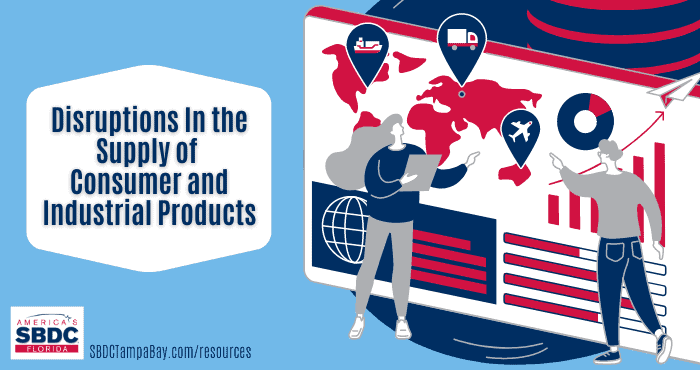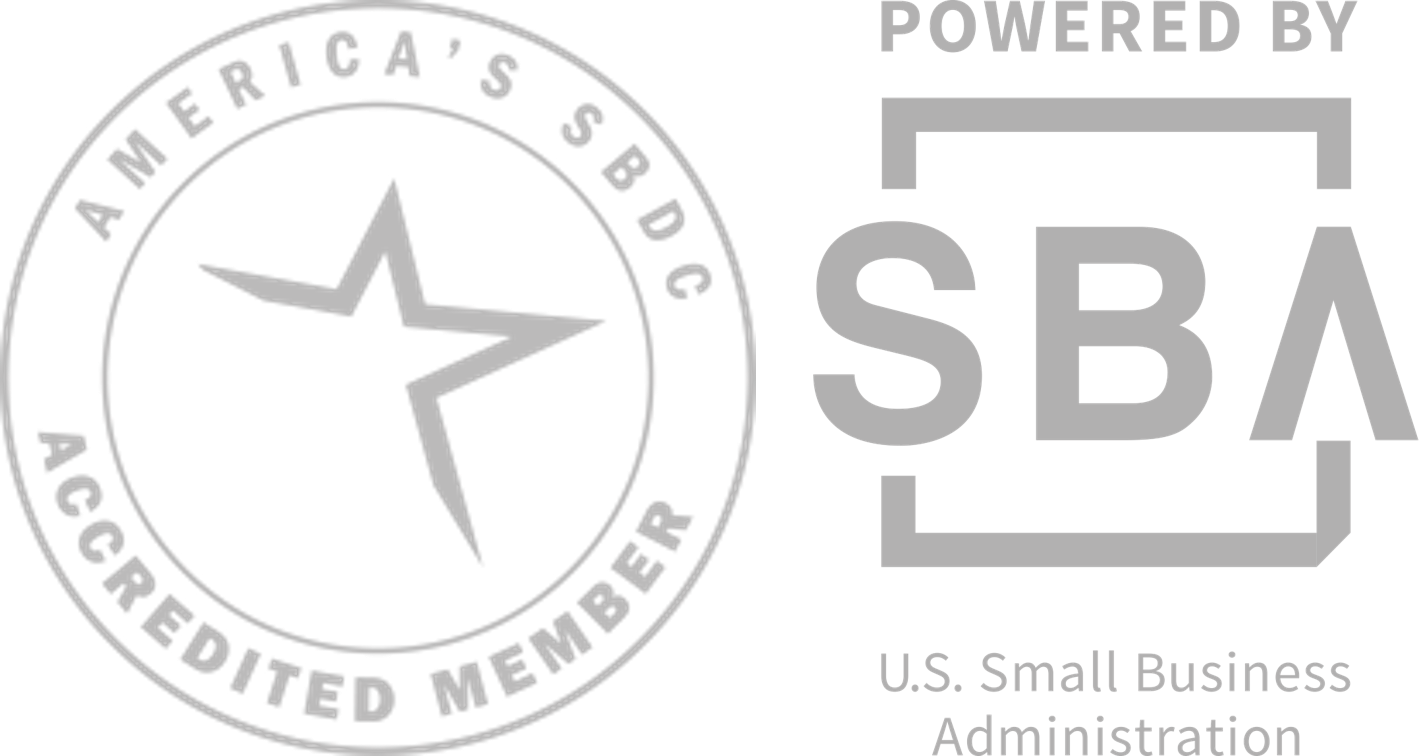Disruptions in the supply of consumer and industrial products
by Pablo Arroyo, CGBP | October 20, 2021
At the present time, we are experiencing shortages or delays in the delivery of various products, such as vehicles, appliances, certain food products and construction materials. One might wonder what is the root cause of this situation and how persistent this situation will be. We might also ask how did we get to this turning point?
To answer these questions, first we need to define the concept of a supply chain. A supply chain is actually a network connecting manufacturers of components or raw materials with manufacturers of finished goods, which in turn are connected to consumers and other businesses. It turns out that finished products we buy are made from a variety of components sourced from many countries around the world. These are called global supply chains and as they became more sophisticated and efficient, a manufacturer who designs a product depends on many other specialized manufacturers to be able to assemble the final product. In fact, it is difficult to pinpoint specific products that are 100 percent made in a specific country.
In fact, to qualify as a U.S. made product, only 51 percent of its value needs to come from U.S. sources, including labor. And some products cannot be defined as coming from a specific origin. Let us take for example an iPhone.
Although the product is designed in California and key components such as glass screen, wi-fi and audio chips are made in the U.S., the rest of its components come from more than 200 various suppliers around the world.
According to Sam Costello from LifeWire, all these components are shipped to two companies, Foxconn & Pegatron, based in Taiwan, which for the most part, assemble the final product at its main manufacturing plants in Shenzen, China. So, the iPhone can be classified as designed in the U.S., assembled in China and manufactured “globally.”
It is clear that the nature of supply chains as explained above, coupled with the onset of the pandemic, created an unprecedented situation that has altered the normal flow of products and caused logistical bottlenecks. At the start of the pandemic, Chinese plants were shut down, and that disruption then spread out to other countries in Asia, Europe and the Americas. Then as the pandemic slowly receded and consumers adopted new behaviors such as buying online and doing home improvement projects, the demand for many home products surged. Hence the current shortage of appliances and construction materials.
In the US, this situation is exacerbated by the economic conditions, labor market situation and the logistics of trade. As interest rates dropped and the emergency funds started flowing, the demand for products and services increased. As many workers retired during the pandemic and demand for labor increased, it created the opportunity for employees to switch to other industries attracted by higher wages. Therefore, many logistic and shipping companies are facing a challenge hiring drivers and warehouse employees. If we add to this the fact that the U.S. imports a lot of consumer products but exports mainly industrial and bulk products, we ended up with tons of empty containers on this side of the globe that need to make their way back.
All these factors created a “perfect storm,” according to Nick Vyas, quoted by Healy & Masunaga in the Los Angeles Times. In fact, the driver shortage was already bad before COVID-19. Then add the COVID-19 effect reducing the availability of port workers, and we can explain the wait time (two weeks or longer) for cargo ships to be unloaded at the ports and the subsequent increase in freight costs.
But there is light at the end of the tunnel. These supply chains have proven to be adaptable and resilient, although it takes time to make the necessary changes. We could see a gradual normalization in six months to one year. The backlogs are not going to be here forever. In the short term, ports and logistic companies are expanding operating hours. There is also a push for increased coordination among different actors so that situations can be anticipated and managed accordingly.
In the long term, new technologies and initiatives will integrate the various steps in the supply chain so that a manufacturer will foresee future changes in demand. In terms of human resources, they will also need to take extra measures to safeguard, attract and retain employees. Certainly, a trend towards nearshoring is starting to take hold, in which more components will be sourced from our natural trade partners in Latin America. In addition, we might see a higher demand for U.S. made products, which in turn, will bring about opportunities for U.S. businesses and workers. This leads us to think of ways in which small businesses can tackle the current supply chain challenge and take advantage of opportunities in this new era.






Pablo Arroyo, MBA, CGBP, CME
Arroyo, Consultants, International Consultants 2, International Trade, TampaNASBITE Certified Global Business Professional (CGBP), Florida SBDC at USF, Tampa
Specialties: International Trade, Marketing, Business Planning, Startup Assistance
Pablo Arroyo has 17 years of experience in business development as an owner and business consultant in the public and private sectors. He is a Certified Global Business Professional (CGBP) and a Certified Marketing Executive (CME). He holds a bachelor’s degree in animal science, concentrating on international agriculture and agriculture economics, from the University of Missouri, and an MBA from the University of South Florida in marketing and international business. Arroyo was involved in strategic market expansion for companies from diverse sectors with emphasis on manufacturing, technology, agribusiness, food, tourism, hospitality, entrepreneurship and value-added enterprise development. Originally from Puerto Rico, he is fluent in Spanish and English.